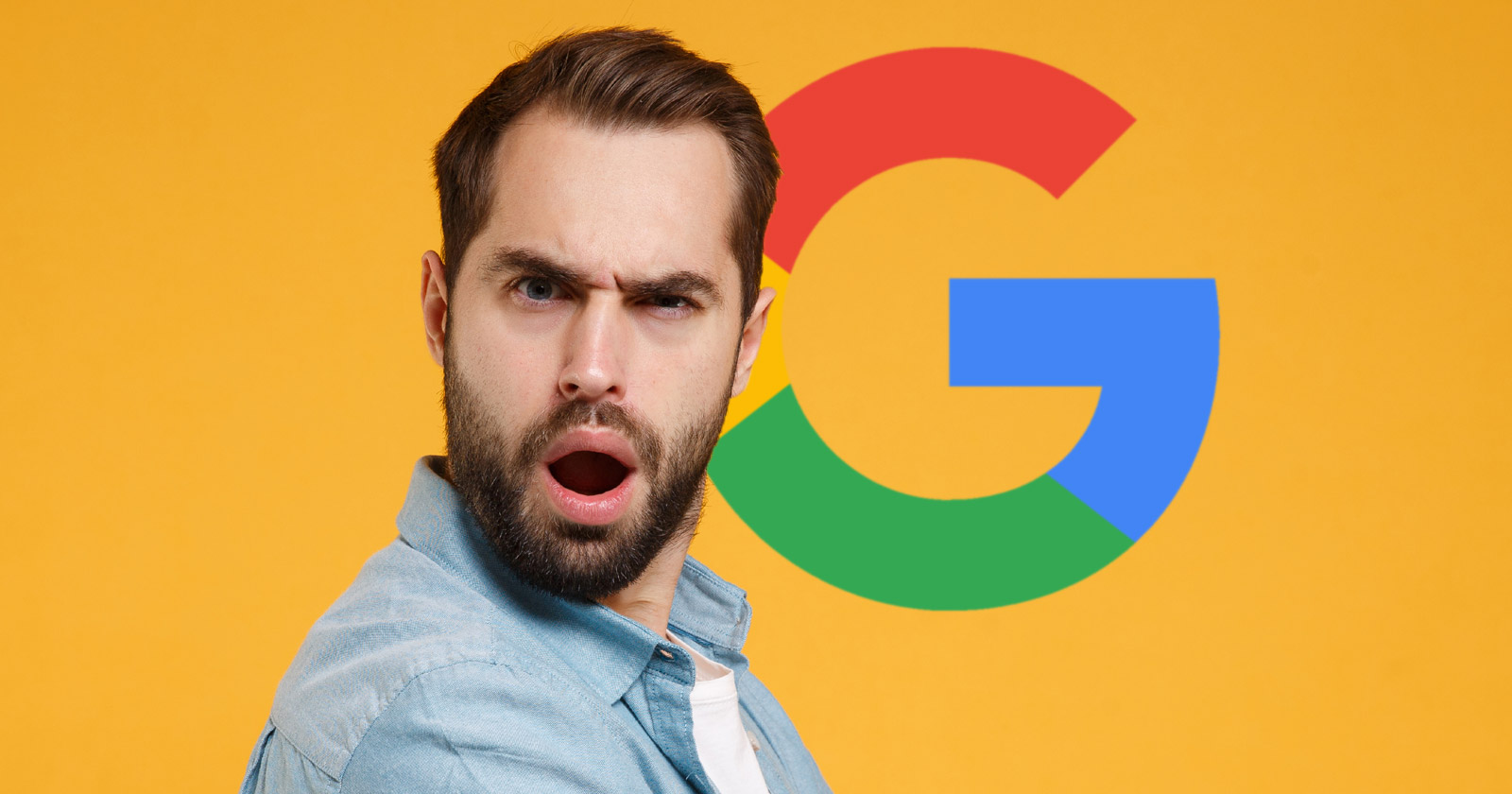Google’s John Mueller answered a question in Reddit about whether Google indexes content placed before the main content as part of the post.
John’s answer addressed part of the question but left the overall question unanswered.
Nevertheless, there is a solution for the person’s question.
Does GoogleBot “Collect” Content Before the Post?
The person asking the question in Reddit has a theme that uses a specific kind of code called a hook to insert content like advertising in a specific section of a WordPress post.
A hook is a convenient way for a theme or a plugin to make changes to the webpage structure without having to mess around with the WordPress core code itself.
In this situation, the person asking the question has a theme that uses a hook to add a block of content (like an advertisement) before the main post of the webpage.
Their concern was if Google would see that block of content as a part of the webpage post, the main content.
This is the question that was asked:
“We’re using a theme called Salient, which has a built-in feature that provides us with some hooks to place content on. We now want to place a big HTML banner on the “before post content” hook to advertise our products but what we are concerned about are:
– Does Google bot treat this banner content as part of the post?
– Does it see this as duplicate content because it appears on all posts?
– Does it affect SEO performance?
– Is there anything I can do to hide it from the Google bot or let it know that it’s just a promo banner, not the post content?”
Google’s John Mueller answered:
“You cannot noindex a part of a page like that.”
Cannot Noindex a Page But…
Mueller’s right, one cannot noindex a section of a page. But…
There are other options available to use to help boost the SEO of the webpage.
The way to do that is to make sure Google knows what part of the page contains the Main Content.
Semantic HTML Elements Can Help SEO
Semantic HTML, for this purpose, consists of HTML elements that tell the browser, assistive devices and Google what the different parts of a webpage are.
Google is already pretty good at understanding what the different sections of a webpage are.
Google generally sees the webpage in terms of:
For content indexing purposes, everything that is not in the Main Content area can be more or less ignored.
The header, navigation, and footers generally have the same content sitewide, they are not main content, and are treated differently by Google (more on this later).
The sidebars may have unique and sitewide content but it’s not the main content.
Make the Main Content Extra Visible
What Google is most interested in is the main content.
Making the location of the main content clear for Google is a good SEO practice.
The essence of SEO is to make the message of the webpage as clear as possible to eliminate the possibility of a mistake on Google’s part.
The
There is an HTML element called
A bare-bones outline of a webpage can look like this:
An awesome webpage Hey Google, index my content!
Content for indexing.
More content for indexing!
That section bracketed between the
Everything outside of that semantic HTML element will not be considered a part of the main content.
What If Ad Is Within the Main Content?
If the theme or plugin injects the advertisement within the main content, like before the content begins but within the
The
You can use another HTML element called

